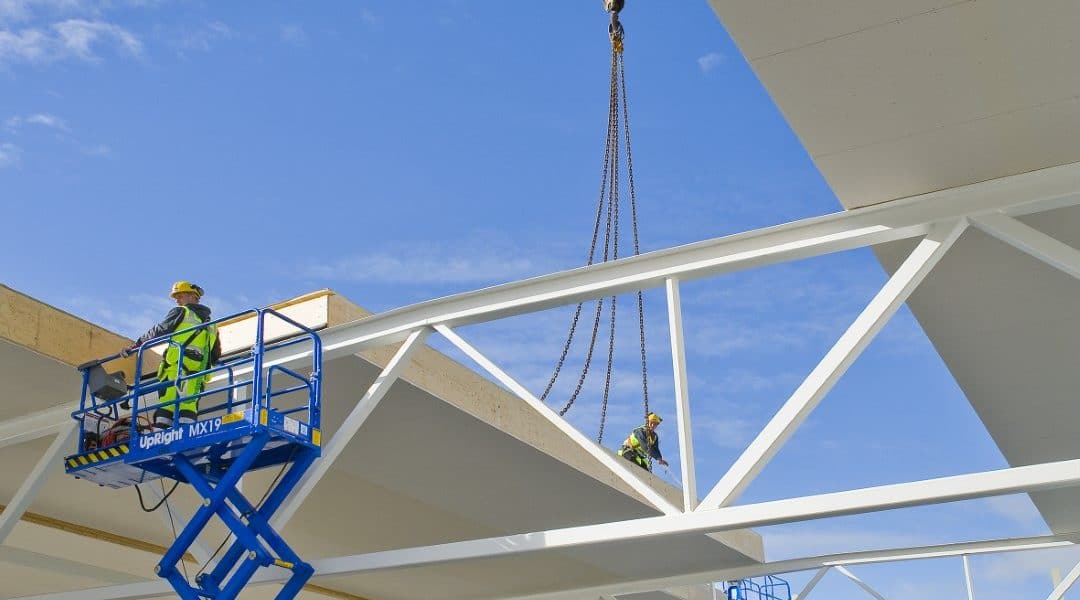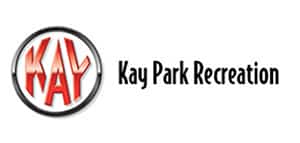Contrary to general assumptions, the design process for industrial wood construction can be both high-quality and fast.
The advantages of modular design are clear. Dimensionally accurate wood elements can help in improving both the technical design process and collaboration between partners.
Prefabricated wood elements enable fast, efficient and easy design without reducing quality.
Reports on the benefits of such a lean approach are convincing.
In a study of companies that have applied lean construction methods, 84% report higher quality in construction and 80% experienced greater customer satisfaction.
“A more efficient approach to building design is required, since the number of people worldwide in need of housing is growing at a rate of 90,000 per day. In turn, design firms benefit from shorter design times since more projects can be handled per designer per year,” said Matti Kuittinen, architect and researcher from Aalto University.
The early operative stages of a project are those in which most of the quality and value of the project can be ensured or lost.
“Frequently, a very fast execution is needed due to limited space or other constraints related to the work site. The lightness of the wood has been a deciding factor for us in choosing wood elements in those challenging situations,” said architect Fabienne Bulle from Fabienne Bulle architecte & associés.
Designer’s Asset: The Dimensional Accuracy of Kerto LVL
When accelerating the speed of design, one must pay careful attention to quality.
Excessive hurrying too often leads to design mistakes, which can be a significant cause of delays at a building site.
Engineered wood products, such as Kerto LVL (Laminated Veneer Lumber), have more dimensional accuracy than materials such as concrete or steel, in which temperature needs to be considered.
For the designer, this means that utilizing wood elements can make a real difference in streamlining the design process and speeding it up without endangering quality.
“As an architect, I appreciate the technical and structural qualities of Kerto LVL. It allows for truly innovative precision cuts – almost like working with clothing fabrics,” Bulle said.
Enabling a Fast and Smooth Modular Design Process
Designing with wood does not have to be a laborious and time-consuming process. Technical advantages, such as building information modeling (BIMs), help to enhance the design process.
An insufficient flow of information between the client, builder and various design agencies collaborating on the same project may also create problems.
“One way to enable easier interaction is to also utilize “prefabrication” in design. Instead of developing designs from scratch each time, predesigned elements can be used. This enables smoother collaboration, speeds up the design process and eliminates mistakes,” Kuittinen said.
Important Tools for Design
Here are some quick facts:
- Building information modeling helps in getting the most out of wood products. Many of Metsä Wood’s engineered wood elements are available as BIM objects.
- Calculation software such as Finnwood and Finnframe support structural design and boost resource efficiency.
- Metsä Wood’s Environmental Product Declaration gives fundamental information about the environmental performance of Kerto LVL products, which helps in meeting the demands of green procurements.
Interested in more efficient design process? Learn more about fast and quality modular design at www.metsawood.com.










